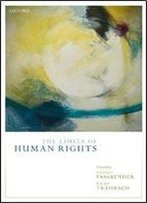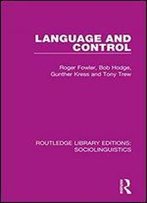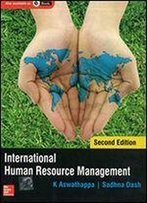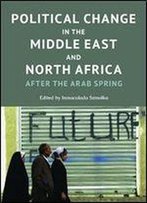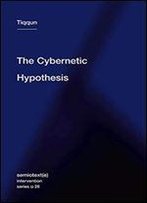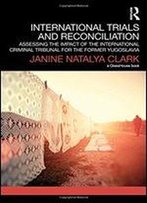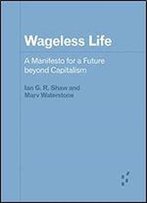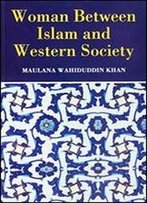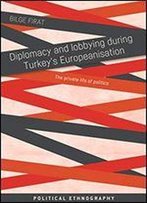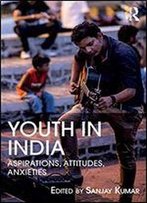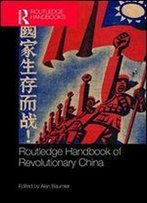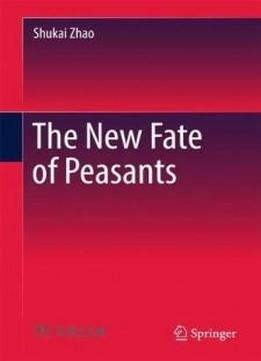
The New Fate Of Peasants
by Shukai Zhao /
2017 / English / PDF
2.7 MB Download
This book discusses the historical transformation of the destiny of
Chinese peasants under the contemporary political economic
conditions, and tries to explore the institutional mechanism behind
the formation and maintenance of these conditions. The analysis
focuses on the consequences of the great social mobilization
brought about by the reform. The phenomenon of migrant workers is
the most significant consequence of the change of Chinese peasants’
life courses. The destiny of migrant workers will be the
destiny of Chinese peasants. The introduction chapter of this
book discusses the historical context and peasants’ fates, their
political participation, and citizenship of peasants after they
become urban dwellers. Chapter one discusses the social implication
and economic consequences of the urbanization of rural population.
Chapter two discusses the living conditions for peasants that moved
to work in cities, including working environments, living
environments, education of their children, and their social
networking. Chapter three discusses the challenges that the
mobilization of peasants has posed on government policy making and
urban managements. Chapter four discusses the latest development in
the social mobilization of Chinese peasants.
This book discusses the historical transformation of the destiny of
Chinese peasants under the contemporary political economic
conditions, and tries to explore the institutional mechanism behind
the formation and maintenance of these conditions. The analysis
focuses on the consequences of the great social mobilization
brought about by the reform. The phenomenon of migrant workers is
the most significant consequence of the change of Chinese peasants’
life courses. The destiny of migrant workers will be the
destiny of Chinese peasants. The introduction chapter of this
book discusses the historical context and peasants’ fates, their
political participation, and citizenship of peasants after they
become urban dwellers. Chapter one discusses the social implication
and economic consequences of the urbanization of rural population.
Chapter two discusses the living conditions for peasants that moved
to work in cities, including working environments, living
environments, education of their children, and their social
networking. Chapter three discusses the challenges that the
mobilization of peasants has posed on government policy making and
urban managements. Chapter four discusses the latest development in
the social mobilization of Chinese peasants.
